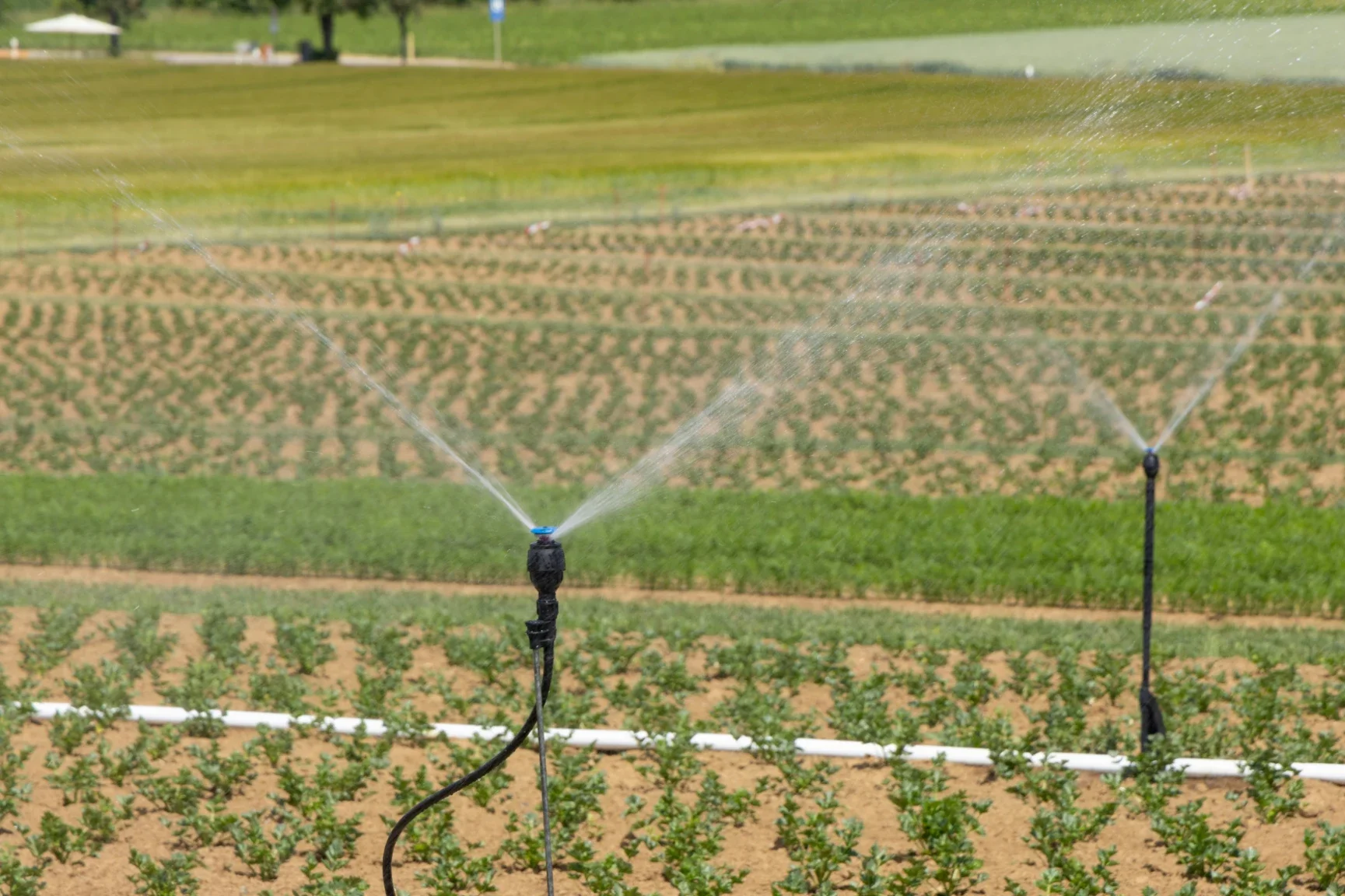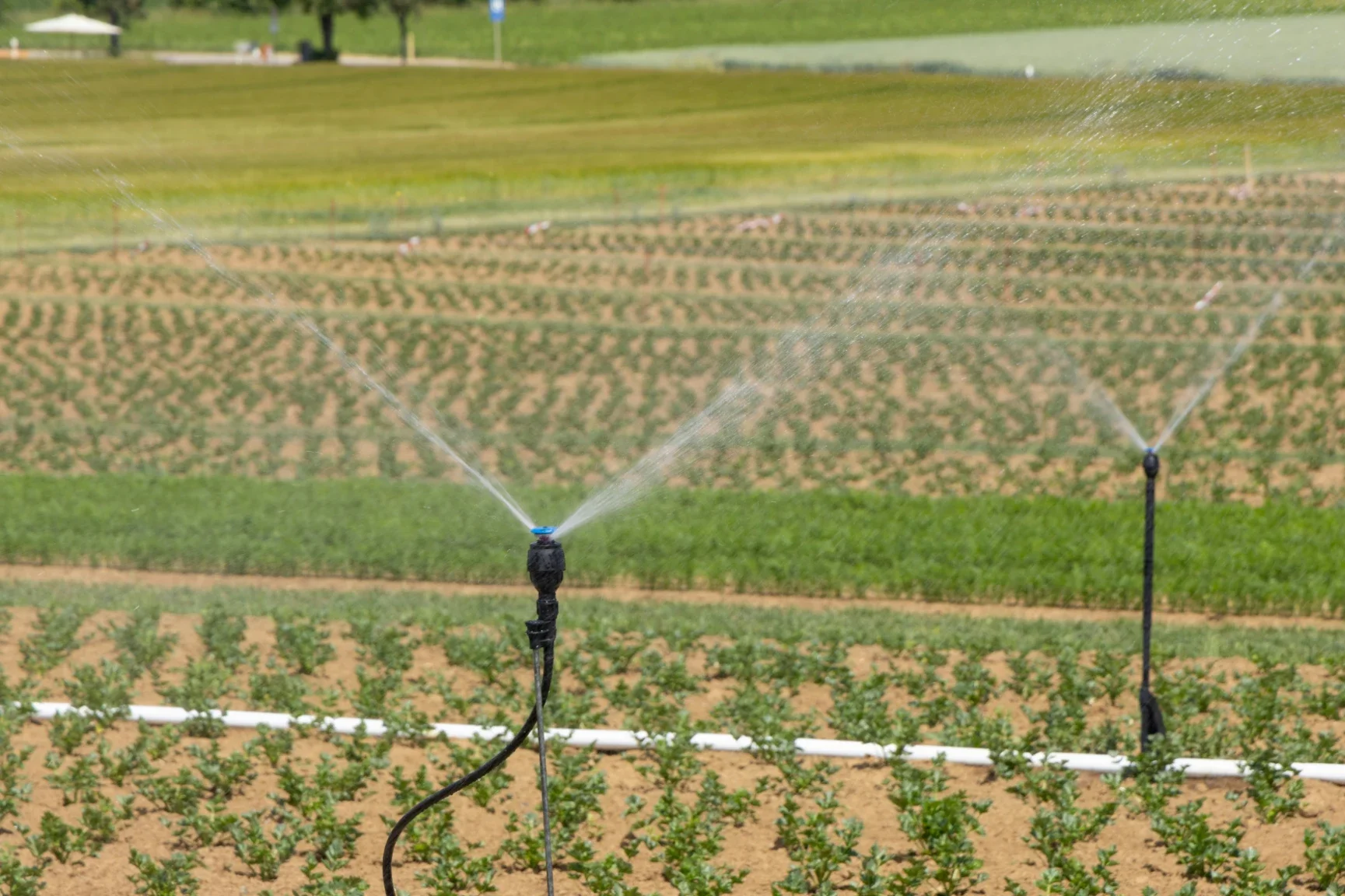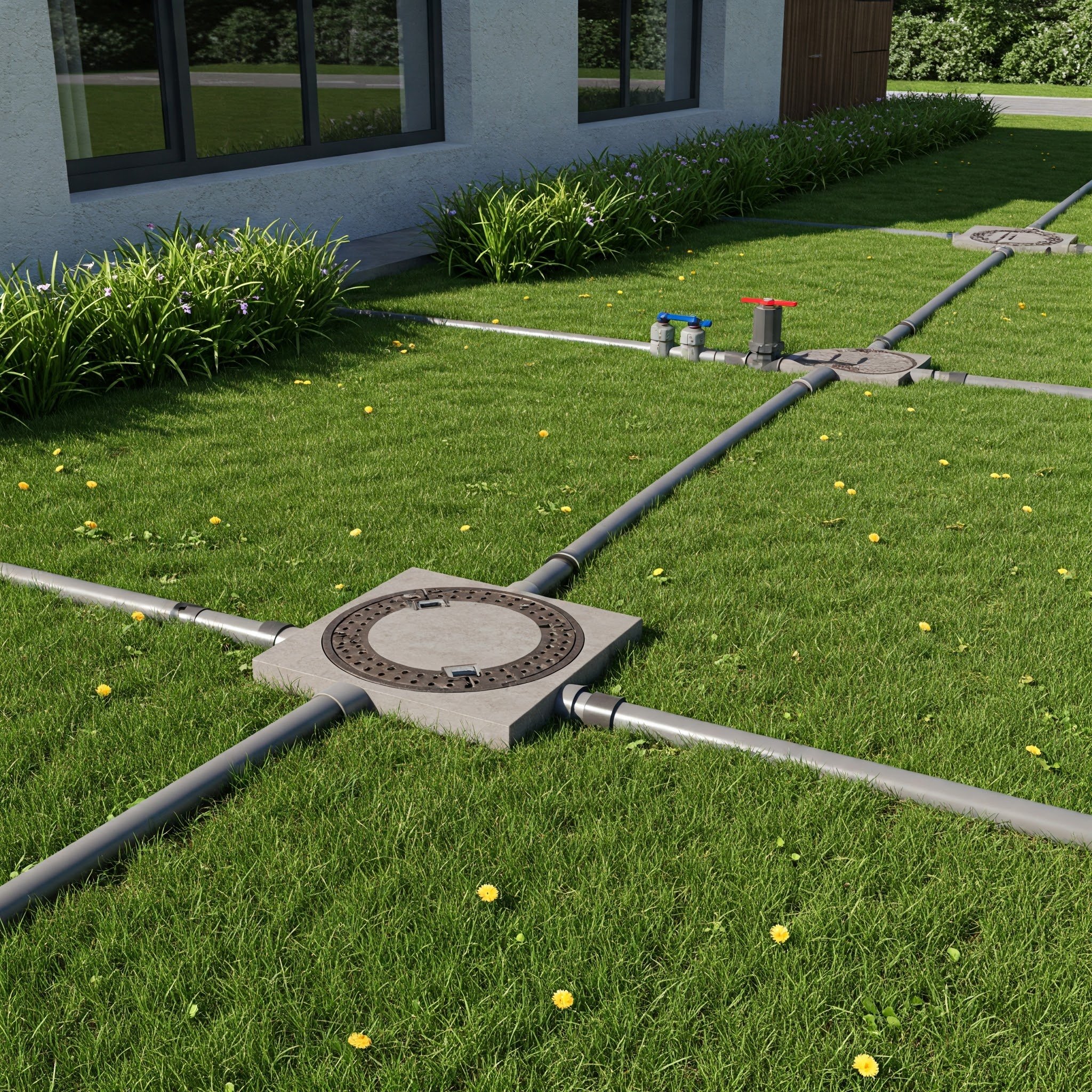Smart Solutions for Reliable Home Irrigation Systems
Discover smart solutions for reliable home irrigation systems that save water, reduce maintenance, and keep your garden thriving year-round.
Key Takeaways
Smart irrigation systems utilize technology and real-time data to minimize water waste and enhance efficiency.
Soil moisture sensors, weather-responsive controllers, and automated scheduling promote healthier plant growth.
Remote management features add convenience and help homeowners save on water bills.
Financial incentives and rebates are available to offset initial investments and encourage sustainable practices.
Maintaining a vibrant, healthy landscape is no longer a guessing game—technological innovations have made it easier than ever to ensure your lawn and garden flourish while minimizing environmental impact. One of the vital services for homeowners is irrigation repair, which helps ensure your system functions optimally, preventing leaks and inefficiencies that can waste both water and money. Homeowners using smart irrigation can combat unpredictable weather, overwatering, and rising utility bills by integrating real-time weather, soil data, and sensors to adjust watering precisely. This not only promotes healthier plants but also supports water conservation. Although upgrading might seem complex, various options suit different yard sizes and budgets, from moisture sensors to smart controllers, enabling efficient landscape management. With increasing water scarcity concerns, incentives and rebates are promoting smart irrigation adoption, making it a timely investment. For more info, explore EPA WaterSense on water-efficient practices.
Understanding Smart Irrigation Systems
Smart irrigation systems are engineered to optimize water delivery based on precise, dynamic data rather than rigid timer-based schedules. Whether during irrigation installation or as part of ongoing landscape management, these systems leverage weather forecasts, sensor readings, and plant-specific needs to automatically adjust watering, ensuring that your landscape receives just the right amount of hydration for peak health and appearance. This customization is crucial as it eliminates much of the guesswork and inefficiency associated with traditional irrigation, which often leads to overwatering or dry patches, depending on the day’s weather and soil conditions.
Benefits of Smart Irrigation
Water Efficiency: Smart irrigation systems can cut water usage by as much as 30% compared to conventional methods, conserving valuable resources and helping communities manage supply during drought or peak demand periods. According to the New York Times, these intelligent systems play a key role in reducing outdoor water consumption.
Savings: Lower water bills are a direct benefit for homeowners—it’s common to see a noticeable reduction in utility expenses within the first year of installation.
Convenience: Automation and remote management enable you to control your irrigation system from anywhere via smartphone app integration, eliminating the hassle of manual adjustments and ensuring your plants are never under- or over-watered, even when you’re away.
Eco-Friendly: Improving irrigation efficiency not only saves money but also promotes local ecosystem health by reducing runoff and protecting waterways from pollution and erosion.
Key Components of Smart Irrigation
Smart Controllers: These devices, such as the Rachio 3 or Hunter Hydrawise, utilize Wi-Fi connectivity and local weather feeds to adjust watering times and frequency for each landscape zone automatically.
Soil Moisture Sensors: Installed in the ground, these sensors measure real-time soil hydration, sending feedback to the controller to water only when it's truly needed.
Weather Sensors: By tracking rain, temperature, sunlight, and humidity, weather sensors further fine-tune irrigation schedules to prevent unnecessary watering.
Drip Irrigation Systems: These systems deliver water directly to plant roots, making them exceptionally efficient for gardens, shrubs, and flower beds by minimizing evaporation and runoff.
Choosing the Right Smart Irrigation System
Selecting a smart irrigation system means considering the unique attributes of your property:
Yard Size and Zones: Ensure your system can accommodate the layout and watering requirements of lawns, gardens, and planting beds.
Compatibility: Ensure your preferred system integrates seamlessly with your existing infrastructure and any smart home devices you already use, such as Amazon Alexa or Google Home.
Key Features: Look for real-time weather integration, app-based controls, compatibility with moisture and weather sensors, and user-friendly programming interfaces.
Budget: Weigh the upfront costs against long-term savings and potential rebates from local utilities or municipalities to maximize your investment.
Installation and Maintenance Tips
Professional Installation: While many new systems are designed for DIY installation, a professional can ensure proper placement of sensors and integration for ultimate efficiency.
Regular Upkeep: Periodically check sensors and replace batteries or clean parts to keep the system working as intended. Test controller functions and inspect for leaks or blockages seasonally.
Seasonal Adjustments: Adjust watering schedules throughout the year to reflect changing weather, plant growth stages, and local restrictions.
Cost Savings and Incentives
The financial advantages of adopting smart irrigation are strengthened by rebate programs available in many regions. For example, organizations such as the San Antonio Water System have partnered with EPA WaterSense to incentivize the adoption of smart controllers. Check with your local water authority or utility for incentive information, as these programs can offset substantial portions of the installation cost. Over time, households typically see a return on investment within just a few seasons as water bills decrease and landscape health improves.
Future Trends in Smart Irrigation
Artificial Intelligence (AI): AI-powered systems will enable more nuanced watering strategies by analyzing a broader range of data and adapting to the unique microclimates within your property.
The Internet of Things (IoT): Seamless communication between home irrigation components—controllers, sensors, and even weather stations—will enhance system responsiveness in real-time, simplifying monitoring and troubleshooting.
Expanded Smart Home Integration: Expect to see increased synergy with other smart home features, such as weather alerts, security systems, and environmental monitors, providing homeowners with comprehensive control over their property.
For further insights into water conservation trends and technologies shaping the future, consult coverage from major outlets like Forbes.
Embracing smart irrigation delivers dependable, resource‑conscious results and sets your home landscape on a greener, healthier path for the seasons ahead.



